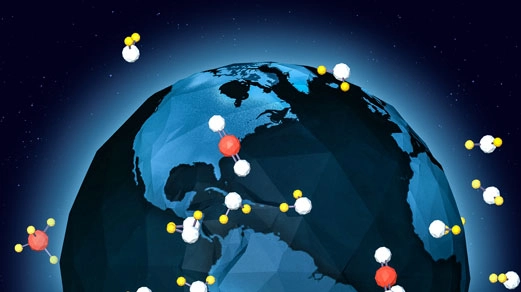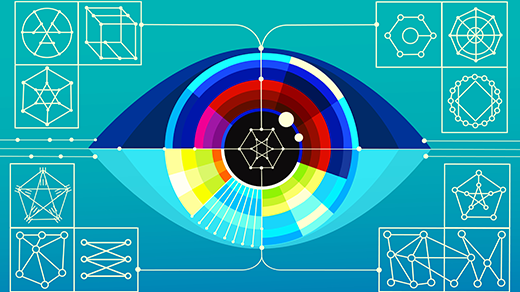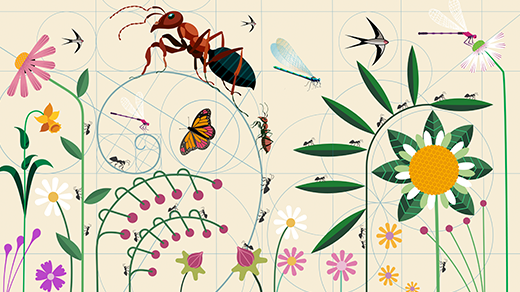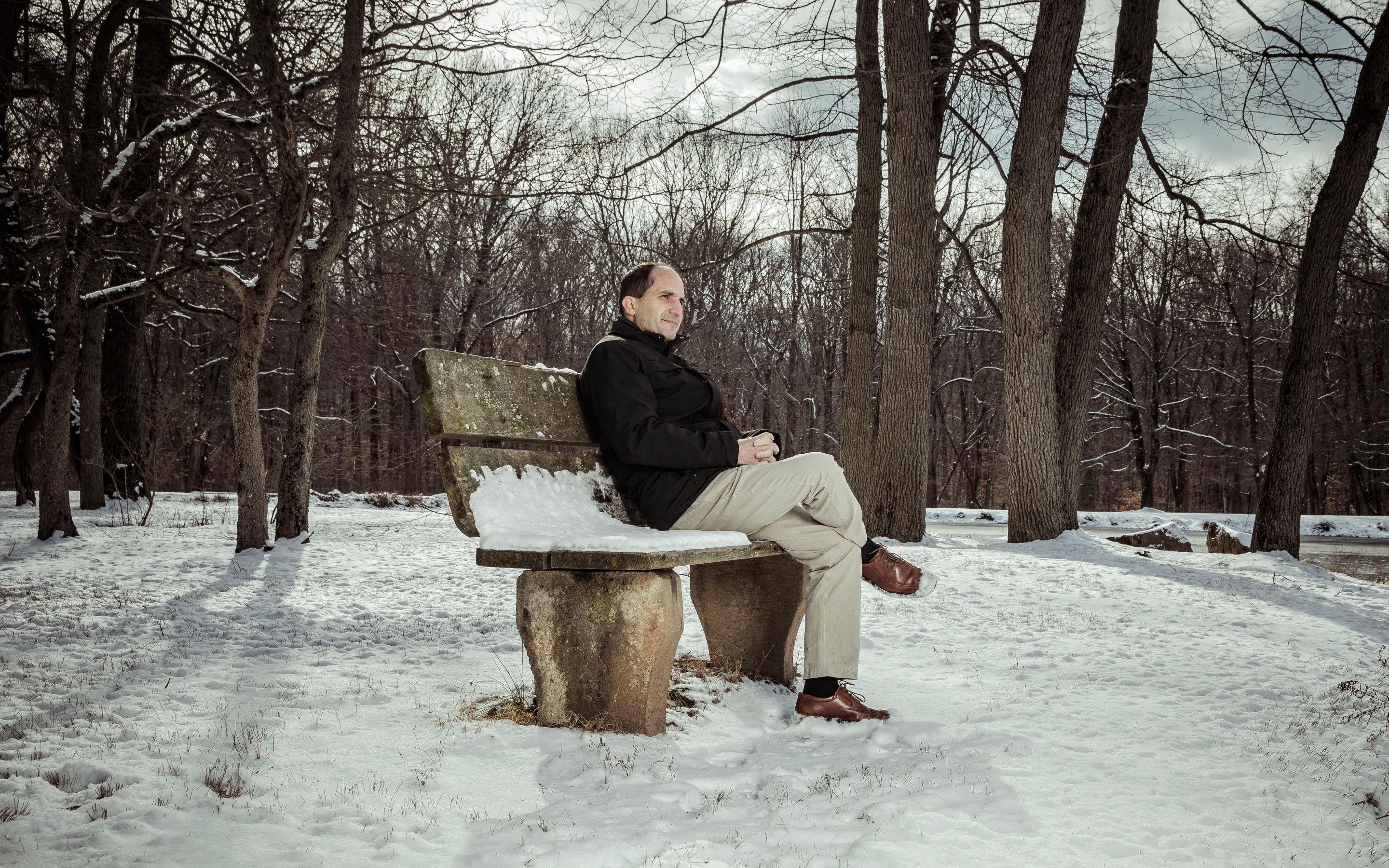
Juan Maldacena sitting by Institute Pond at the Institute for Advanced Study in Princeton, New Jersey, in January.
Sasha Maslov for Quanta Magazine
Introduction
As a young professor at Harvard University in 1997, Juan Maldacena reshaped fundamental physics with the discovery that, as he put it, “you can create a universe in a bottle.”
The Argentinian-American theorist found a mathematical correspondence between a certain bendy, bounded space-time environment — the universe in the bottle — and a special quantum theory describing particles on the bottle’s rigid surface, which seems to project the dynamic interior like a hologram. Maldacena’s discovery has enabled physicists to probe black holes and quantum gravity inside the imaginary bottled universe by studying corresponding properties of the gravity-free surface. His paper introducing the so-called AdS/CFT correspondence (which links “anti-de Sitter spaces” and “conformal field theories”) has been cited more than 15,000 times, or about twice per day on average over the past two decades, making it the most highly cited paper ever in high-energy physics.
Maldacena was working alone in his bare office at Harvard’s Jefferson Laboratory when the insight came. While others might find inspiration in features from the actual universe, he thinks best when he can leave just about everything behind. The office “had no decorations,” he said. “For me any quiet place with no visual or auditory distractions would work.”
In 2001, Maldacena moved to the Institute for Advanced Study in Princeton, New Jersey, a pastoral campus free of students and teaching duties where worldly distractions are minimized by design. There, his deep insights have continued to surface. In 2002, he conceived of the ultimate test for cosmic inflation — the modern Big Bang theory — by predicting subtle but theoretically detectable shapes in the sky, which experiments will look for in the coming years.
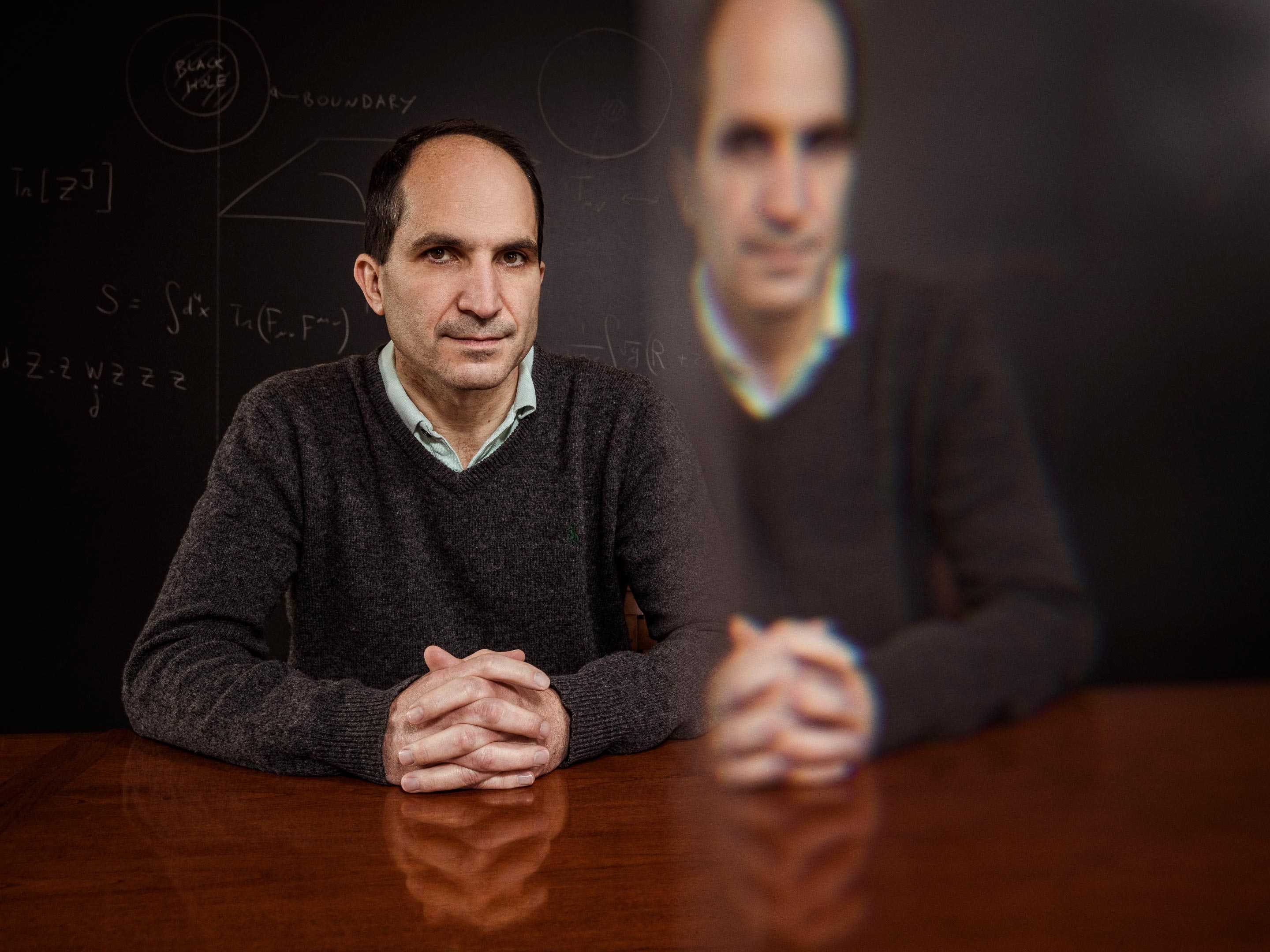
Maldacena, pictured in his office, discovered in 1997 that imaginary universes called “anti-de Sitter spaces” emerge like holograms from gravity-free theories that describe their boundaries.
Sasha Maslov for Quanta Magazine
Maldacena stunned the physics world again in 2013 with a cryptic message first delivered in an email to fellow physics giant Leonard Susskind: “ER = EPR.” It meant that wormholes, hypothetical connections between far-apart black holes also known as Einstein-Rosen bridges (ER), are mathematically equivalent to entangled particles, sometimes called Einstein-Podolsky-Rosen pairs (EPR). Like AdS/CFT, ER = EPR suggests a deep link between the geometry of space-time and quantum connections between particles, and it provides theorists with another clue in their quest for a a theory of quantum gravity.
Maldacena, 48, whom Susskind calls “the master,” is still quietly pondering. “I mostly think in my office,” he said. “But sometimes I can walk by the lake to help clear my mind.”
